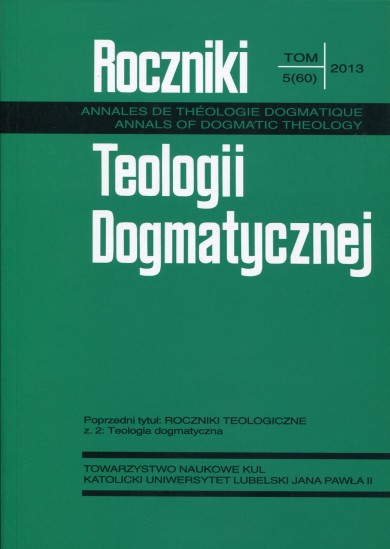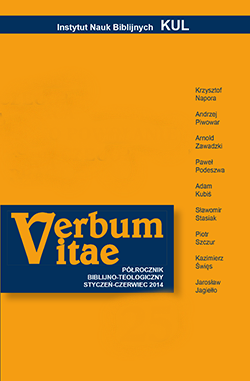
Un pensamiento sinfónico. La teología de Joseph Ratzinger
In these lines we offer a synthesis on the theology elaborated by the current bishop of Rome. We begin at the centre, with the central nuclei: Christ present in the Scripture and the liturgy, and his closeness to the Church and Mary. Later we deal with the theological and ontological pillars of his thought, in which we find love, truth, beauty and hope. Regarding the announcement of the Christian message, Ratzinger insists on faith and reason, and in this relationship we can deduce his ideas on theology, catechesis and preaching. Finally, with regard to the mission, his statements about the ministry and the Eucharist (here an ecumenical theology can be deduced), creation, other religions and the relationship between the Church and the world are of some note.
More...
